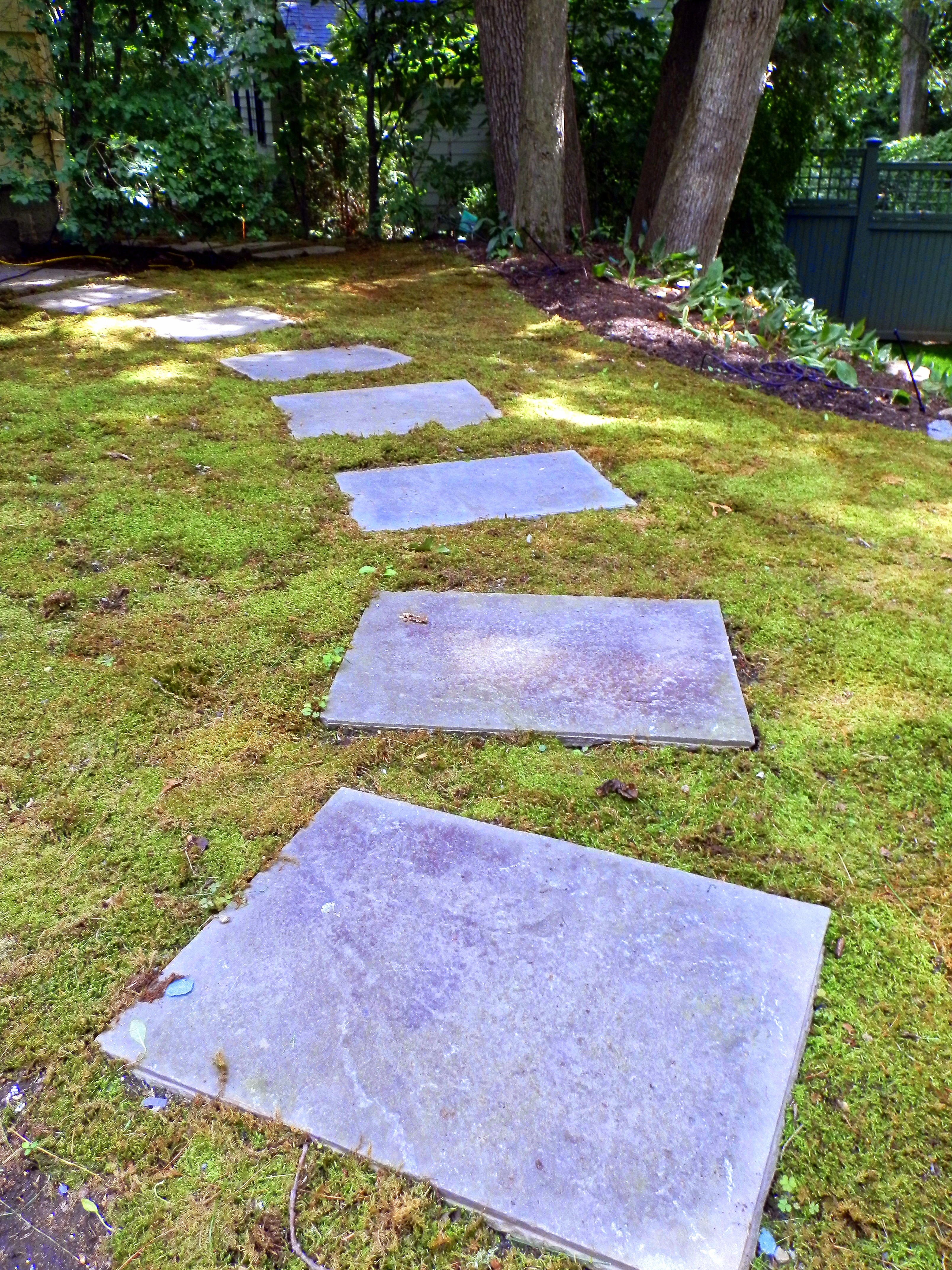

Don’t walk on frozen or water-soaked turf.A slow-release synthetic fertilizer can be applied as late as mid-November. Fertilize as needed, using an organic fertilizer (September-October).Overseed and top-dress thin areas (September/October).

Water dormant lawn slowly and deeply once in July and once in August – and avoid heavy traffic. Water deeply, about 1-inch per week – or let lawn go dormant. Choose a lawn seed suited to the Pacific Northwest – a fine fescue and perennial ryegrass mix based on your sun conditions. New lawns should be seeded in spring, prior to Memorial Day or in fall, after Labor Day.
Improve thin areas – aerate, overseed and top-dress with about ¼” compost – April/May or September are the best times. If removing dandelions be sure to dig out the tap-root to prevent its return. If you choose to use a pesticide/herbicide, be sure to read the label carefully and follow all warnings. Avoid “weed & feed” fertilizers and choose no-phosphorus fertilizers to protect our waterways. Have soil tested every few years to determine fertilizer and lime needs. – read the label for application guidance. If lawn is thin or yellow, apply ½ to 1 lb. Mulch-mowing (leaving the grass clippings on the lawn) provides free fertilizer (nitrogen) and does not cause thatch build-up. Mow weekly in spring – cutting too much of the grass length at once stresses the grass. Mow regularly to about 2” to 3” and remove only 1/3 of grass length at each mowing – this encourages deeper roots, better drought and disease resistance, and helps crowd out weeds. If you did not do it at the end of last season, be sure to sharpen the mower blades or buy a new mower blade. Let’s start with a basic lawn calendar for Western Washington. COVID-19 King County Community Resources. Teaching Young People About Gardening and Nature. #2 – Gardening Publications with cover photos. 
4-H Youth Development Programs – King County.






 0 kommentar(er)
0 kommentar(er)
